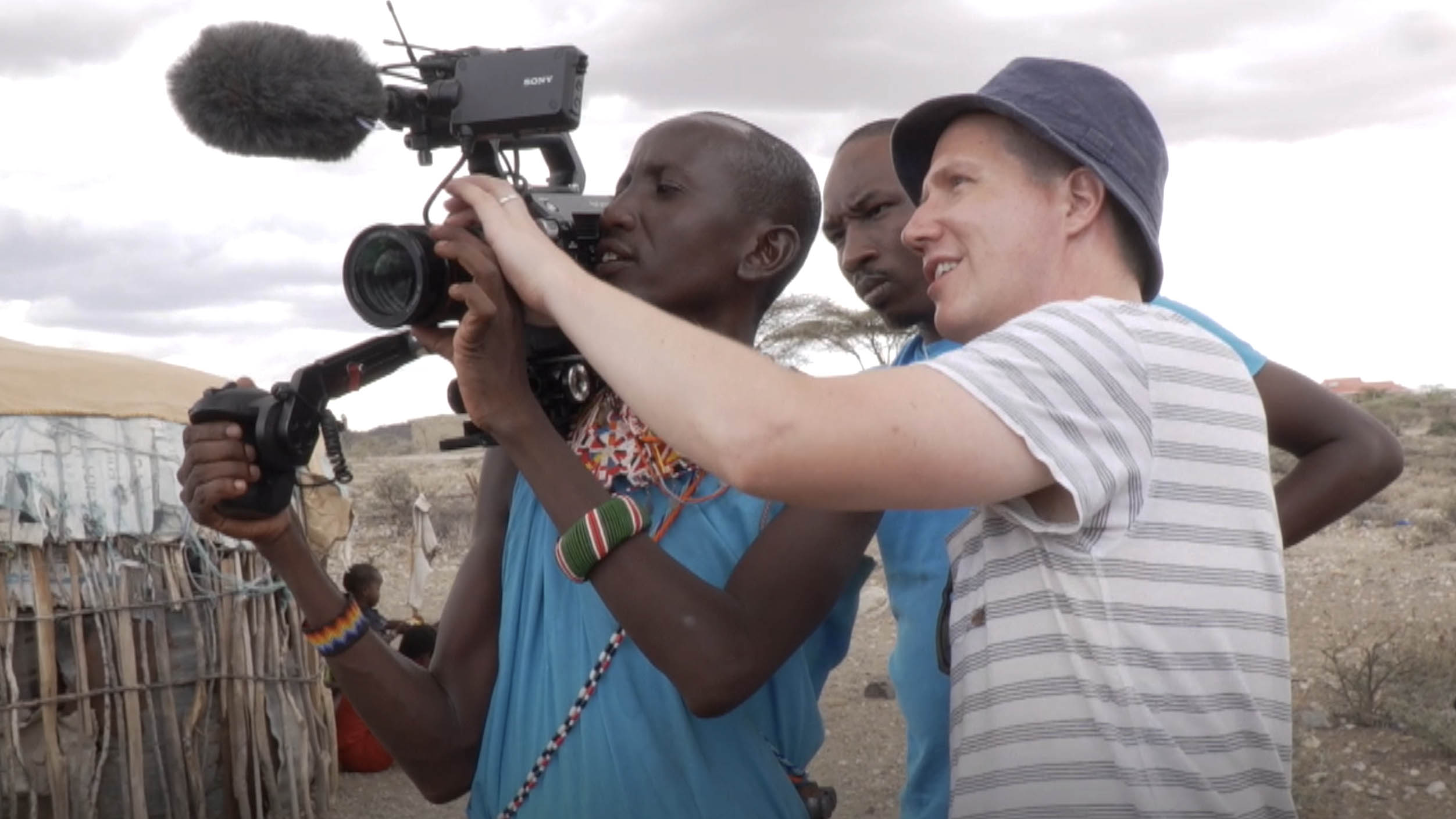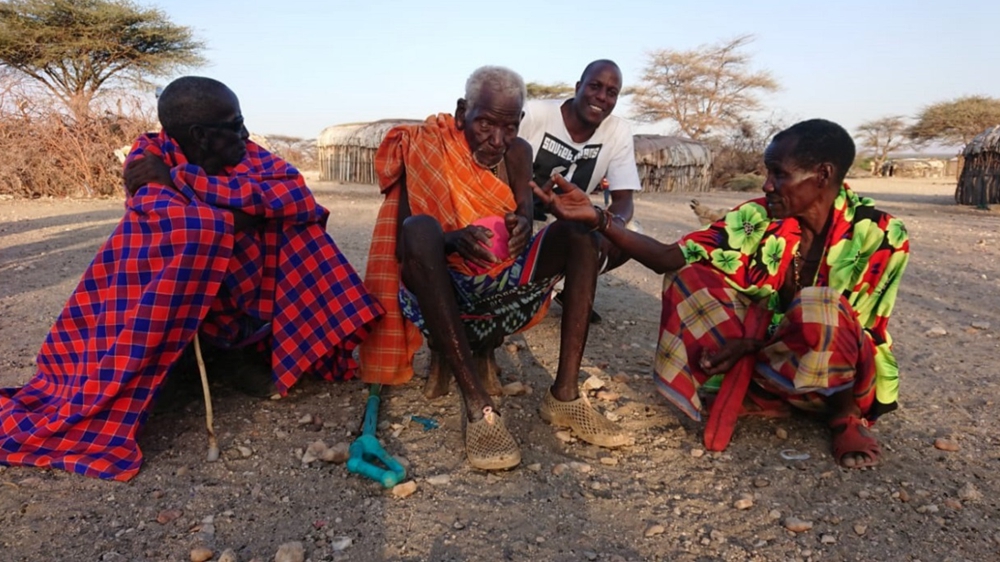02:53

In September 2019, I embarked on a road journey with our video production crew to the north-central region of Kenya to meet and film the Samburu people, the semi-nomadic pastoralists, a sub-tribe of the Maasai.
The complete experience, from the time we drove from Nairobi to our stay at a local lodge in Samburu, was unique in every way. The Samburu community is an experience of a lifetime in which one gets to witness the beauty of the African continent.
Our first location of filming was an all-female matriarch village in Samburu known as Umoja "unity" in Swahili. This is a village that began as a refuge for survivors of sexual violence. Men are not allowed in. My team arranged a meeting with the leader of these women to learn about their culture and traditions.
Upon our arrival, we were greeted by singing and dancing from the women clad in traditional Samburu dresses, brightly colored tops, with necklaces made of strings of vividly colored beads of stunning circular patterns around their necks.
The somewhat barren region where the Samburu live is dry and hot. Though it was early morning, the air was already scorching hot and burning on our skins as we started filming our main character, who talked about their colorful traditional dress and architecture of their houses.

A group of the Samburu people, the semi-nomadic pastoralists, a sub-tribe of the Maasai. /CGTN
A group of the Samburu people, the semi-nomadic pastoralists, a sub-tribe of the Maasai. /CGTN
Their huts are built using mud, hide, and with grass mats strung over poles. Samburu traditional dress consists of a striking red cloth wrapped around like a skirt. Both men and women wear jewelry. These colored, multi-bead necklaces are a symbol of beauty and reflect the social status and wealth of the wearer.
Besides being responsible for maintaining their homes, Samburu women are also in charge of gathering food, water and tending to children.
One of the many scenes that we filmed during this production in Samburu that l vividly recall and cherish the most was the dancing which is an important part of their culture. The men dance in a circle and jump very high from a standing position and they usually do not use any instruments to accompany their singing and dancing.
Towards the end of our production, when we were filming in a certain location, we had an encounter with a leader of a clan.
He chased our crew from his village when we were halfway through filming a scene and reneged on his earlier permission to record in his homestead. The conflict stemmed from his discovery that we had paid another of our main characters, who was also a member of his clan, a higher fee than him.
This forced us to an alternative film location to finish that particular scene.
Before my visit to the Samburu people, l only knew of their close relatives, the Maasai.
But this visit led me to gain a clear understanding of them and how they are fighting to preserve their culture. Modernization is setting in to disrupt their entire way of life and they are under pressure from the authorities to settle into permanent villages.